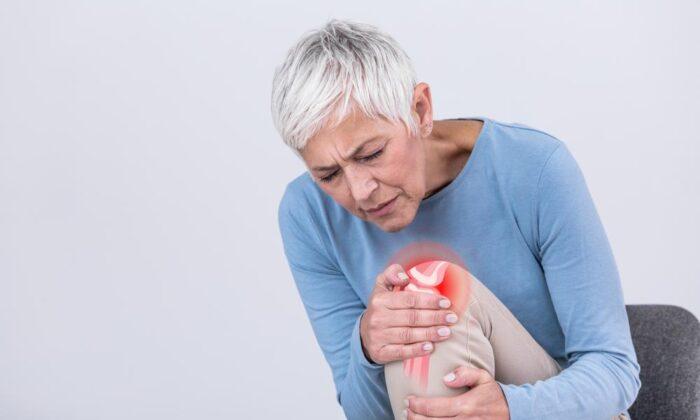
Could magnets really be the key to relieving the debilitating pain and stiffness caused by rheumatoid arthritis?
Magnetotherapy can reduce pain, decrease morning stiffness, and improve range of motion in the dominant hand, according to a recent study published earlier this month in the Journal of Clinical Medicine.
What Is Magnetotherapy?
According to the National Center for Complementary and Integrative Health, there are two main types of magnetotherapy: static magnetic therapy and electromagnetic therapy.
Static magnetic therapy involves placing magnets directly on or near the body in an effort to relieve pain. These pain relief magnets are typically incorporated into wearable items like wristbands or sold as products such as jewelry, mats, pillows, or bed pads.
On the other hand, electromagnetic field therapy uses devices with wire coil electromagnets. These coils generate an electric current that can vary in intensity. The intention behind this electric current is to alleviate pain and improve function in people with certain musculoskeletal pain conditions as well as osteoarthritis.
Treatment Improves Hand Mobility, Stiffness
Some studies have shown magnetic field therapy to be more effective in treating the symptoms of rheumatoid arthritis patients.
Alternative treatments such as magnetotherapy could be useful for individuals who do not respond to traditional treatments like biological drugs and targeted therapies, the authors of the new study noted.
The study, conducted by a research team from Poland, involved 39 patients diagnosed with rheumatoid arthritis. The patients were randomly assigned to one of two groups receiving different forms of magnetotherapy.

One group underwent static magnetic field therapy, while the other received low-frequency pulsed electromagnetic field therapy. The patients received up to five 20-minute magnetotherapy treatments per week for three weeks.
In addition to magnetotherapy, all patients underwent an identical 30-minute kinesiotherapy treatment.
The study showed that patients in both groups experienced a highly significant decrease in pain intensity.
Furthermore, the duration of morning stiffness decreased by an average of 23.2 minutes. However, only the reduction in morning stiffness experienced by the static magnetic field therapy group was statistically significant, the research team found.
The researchers also observed an average increase of 1.9 mm in the dominant hand’s range of motion for both groups.
Based on the results, the research team believes that “magnetotherapy has great potential to become a stand-alone treatment or an adjunctive therapy for patients with musculoskeletal disorders.”
The team found that static magnetic field therapy appears to be more effective in reducing the severity and duration of morning stiffness, whereas low-frequency pulsed electromagnetic field therapy seems to more effectively improve function and reduce swelling in the rheumatoid hand.
Study Offers Hope for Patients Who Need New Options
The study’s results show promise for people who might not respond to traditional therapies like disease-modifying antirheumatic drugs (DMARDs) or biological response modifiers. DMARDs are immunosuppressive and immunomodulatory agents that can cause side effects such as loss of appetite, nausea, diarrhea, liver problems, and an increased risk of infections.
Approximately 1 percent of the world’s population has rheumatoid arthritis.
Risk factors for condition include age, being a woman, having a history of live birth, obesity, and certain genetic traits. Interestingly, women who breastfed their infants seem to have a decreased chance of developing rheumatoid arthritis, according to the U.S. Centers for Disease Control and Prevention.
Patients with rheumatoid arthritis suffer from various symptoms, including joint pain, aching, stiffness, swelling, weight loss, fever, fatigue, and weakness. Complications of the disease include premature heart disease, obesity, and employment issues, as people with rheumatoid arthritis tend to have difficulty retaining work.